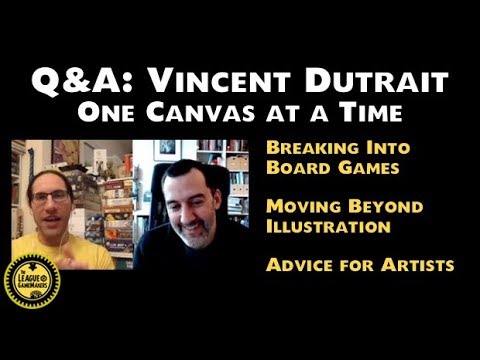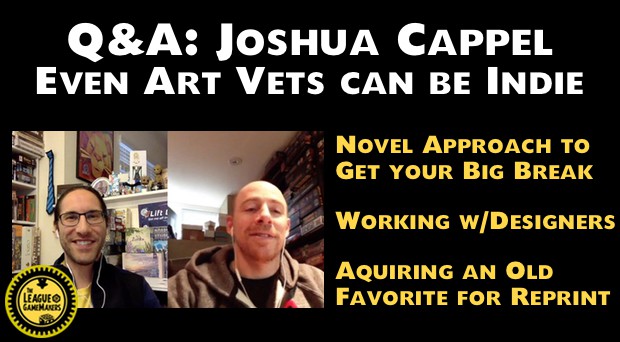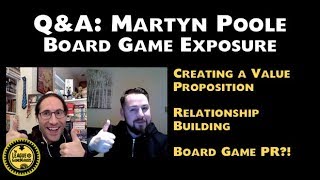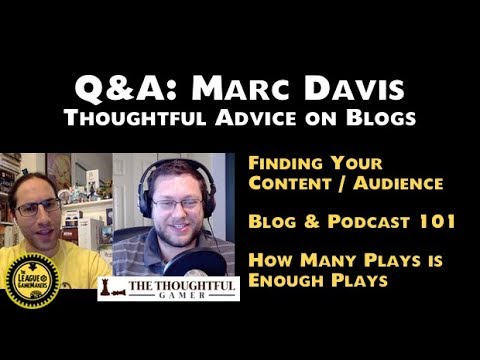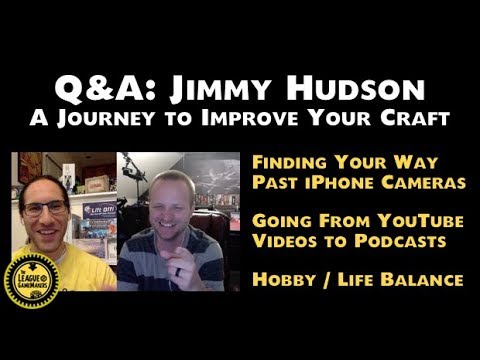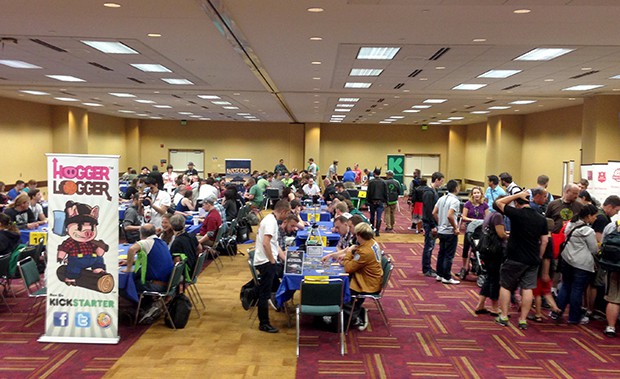
If you are a game designer going to Gen Con, one of the resources available to you is the First Exposure Playtest Hall. For a fee, you can set up your game and a skilled crew of workers will find players fitting whatever demographic you need to test your new game. Whether that price is worth it to you and your design is not going to be discussed here. Only you know your financial status; and how much the Playtest Hall will benefit you is your call. What I am here to discuss is three lessons I learned from using this resource at last year’s con, so that you might have the most beneficial experience possible.

1. KNOW WHAT YOU WANT TO GET OUT OF THE SESSION
It could be argued that this goes for any play test session, but it matters even more when you’re paying to have your game played. When you use the First Exposure Playtest Hall, make sure that you clearly know your purpose for having your game tested. Do you want women to play it? Men? Couples? Families? Is there a certain age that you want to get the opinions of? The FEPH staff is willing and able to get you specific demographics to play your game. Be prepared to utilize that service.
Beyond demographics, it’s not a bad idea to write out a response form for your players. Asking targeted questions to make sure you know how they liked the game. Did it last too long? Can they think of any other variable powers? Was the ending satisfying? Was there too much luck involved? Did they suffer analysis paralysis and why? Anything you want to know from your players, be prepared to ask them directly. Then, whether you actually give them a paper form to fill in or (what I recommend) use your form as a discussion guide that you lead, you know you’re getting the answers you need. Leaving your players with the open ended, “so what did you think?” (although you might start with that question and see where it takes you) won’t yield great results, and for good reason: my #2 on this list.
2. DON’T ASSUME ANYTHING
Don’t assume your play testers are designers. Don’t assume they’ve played your genre of game before. Don’t assume they even know what play testing is. More than likely, the people sitting at your table are gamers, not designers, which is why having specific questions for them is very helpful.
I ran five play test sessions in the hall last year, and each one was more and more beneficial. I made a rookie mistake at my first session – I just started teaching them the game. It wasn’t til around my third session that I asked the table, “who has ever play tested a game?” And I was surprised that not only had no one ever play tested, the majority of them did not know what play testing was. Beyond, ya know, what can be assumed in the title. Once I realized that, I started my sessions with a brief explanation that “this is a game in development. Which means it is not published yet, and I need your help. The game is not finished, I am looking for your input to make it as fun as possible. So, please, no comment will be disregarded and no question should be left unasked.”
AFTER THAT, THE PLAYERS WERE EXCITED TO HELP.
They were forthcoming with ideas and the game is better for it.
See, in the first session, I knew the game wasn’t polished and ready yet, but my players didn’t know that I knew. So, it was an awkward hour of watching them squirm and not want to say anything when they didn’t like some aspect of the game. I mean, who would want to be mean to this girl designer? So, I suppose I do suggest assuming one thing: assume they are only gamers who got pulled into the hall by the FEPH staff, because that’s likely what happened.
3. MAKE IT FUN
This should be a given – it’s the gaming industry, after all. But you and I both know that we designers can get so pulled into the design work that we forget to make it fun. I challenge you, in any play test situation, forget your carefully balanced mechanics, forget your concerns for how the turn sequence flows, or how the AI is functioning within the theme, forget your work, and focus on the fun. Make sure to thank the players for their time, and ensure that their time is being used to help develop a new game! They’ll be excited if you are. Everyone will have fun if they have an open, safe, and fun atmosphere in which to play and test. And your game will be all the better for it.

